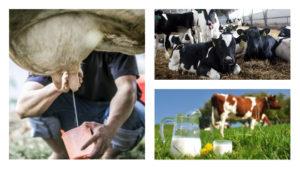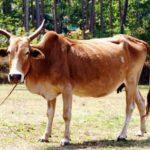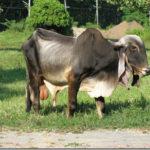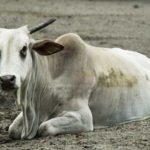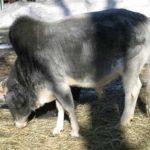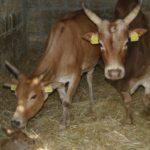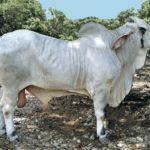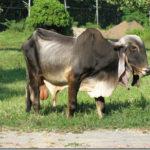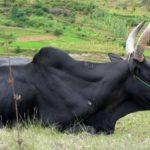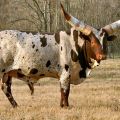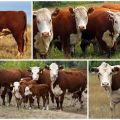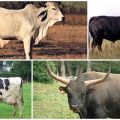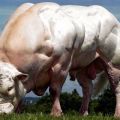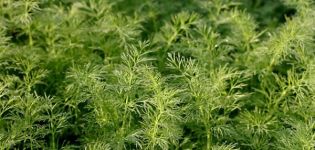Description and characteristics of the zebu animal, habitat and content of the breed
Among the currently existing varieties of cattle, the zebu stands out - an Indian animal with an unusual appearance. In Europe and America, the species is not widespread, and the Indians have been raising an unpretentious and hardy cow for several millennia, they consider it a sacred creature. Zebu are calm, non-aggressive, do not require special care, are immune to most diseases characteristic of cattle, provide a person with milk and meat.
Origin story
More than 75 species of zebu, differentiated by habitat, have been bred. But the homeland of the ancient species is India. Indian peasants are the first to start breeding cattle. For many centuries of existence, the animal has practically not changed in appearance. The Indian cow, adapted to living in a sultry tropical climate, is a descendant of the tours that lived in the territory of Hindustan and Europe in ancient times. According to another scientific version, the zebu is a separate species that has no relationship with the aurochs.
In the past centuries, zebu was actively imported to Africa and Europe, where it was crossed with local breeds, getting hardy and productive individuals. The peak of breeding work fell on the middle of the 20th century, it came to the point that purebred zebu practically disappeared. Breeders caught on in time, they managed to restore the number of representatives of the ancient breed.
General description and characteristics
Zebu looks like an ordinary cow, but there are noticeable differences in individual features. The main feature of the species is the humpback of the withers. A bull with a hump looks impressive, the inner content of the withers is adipose tissue and muscle fibers, the weight of which in large individuals reaches 10 kg. The accumulated fat is consumed when the cow is fed poorly for a long time.
A description of the appearance of a zebu is given in the table:
| Head | proportional to the body, classic shape, on a long, strong, sinewy neck |
| Torso | massive, slightly awkward, with well-developed muscles (especially when using draft), the back is straight, the chest is wide and voluminous |
| Limbs | strong, with developed muscles, adapted for prolonged movement |
| Horns | long, slightly curved, longer in African breeds than in Asian |
| Skin | dark gray, in areas most scorched by the sun, almost black, dense, rough, a large skin fold hangs from the chest |
| Wool | short, the arrangement of hairs is rare, which has a positive effect on thermoregulation |
| Color | white, gray, light brown, red or variegated |
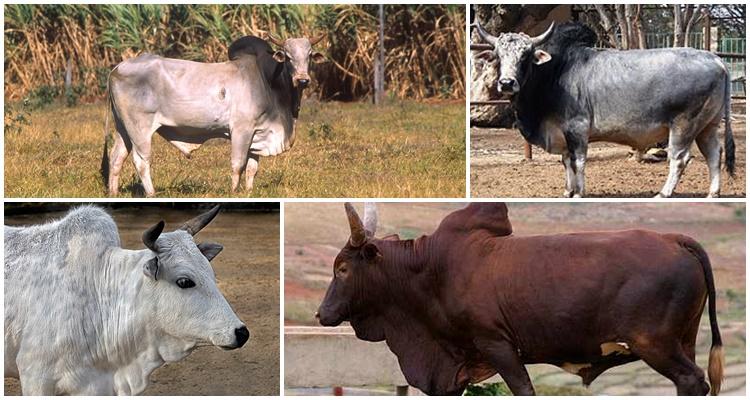
Zebu species
Zebu bred as livestock are divided into 2 types:
- Dwarf, less than 1 m in height. An adult cow weighs about 150 kg. Visually, the animal seems decorative, but, like relatives of normal size, it supplies a person with milk and meat, has a strong and hardy organism.
- Normal, reaching a height of 1.5 m at the withers. The physique is massive, stocky. The bulls are fleshy, the body weight of the largest individuals reaches 900 kg. Females weigh about 600 kg. Light coat colors prevail, protecting the animal from the scorching sun rays.
Pros and cons of the breed
Zebu, although an ancient breed, has many advantages over numerous breeds of cattle created as a result of selection.
Habitat
Zebu are cows adapted to tropical climates. Historically, representatives of the species were bred in India. Later, the animals spread throughout Africa, came to the island of Madagascar, where they became the most valuable agricultural species. Today, zebu cows are also common in China, on the Korean Peninsula, in Uzbekistan, Azerbaijan, Indonesia, and the countries of Western Asia. Livestock is bred in South American countries; there is a fairly large livestock in Brazil.
In Eastern Europe and Russia, the species has not yet spread. It is problematic to buy an animal, there are several farmers-breeders of zebu and mestizo breeds throughout the country. The calf is expensive, for one individual you will have to pay about 300 thousand rubles.
How to properly maintain and care for animals
The zebu cow is not capricious, it is content with primitive living conditions, while its health and productivity do not suffer at all. She does not need much space in the barn. Caring for the animal is simple, including regular brushing, checking the body for injuries and contamination. Hooves clogged with stones and mud are periodically cleaned.
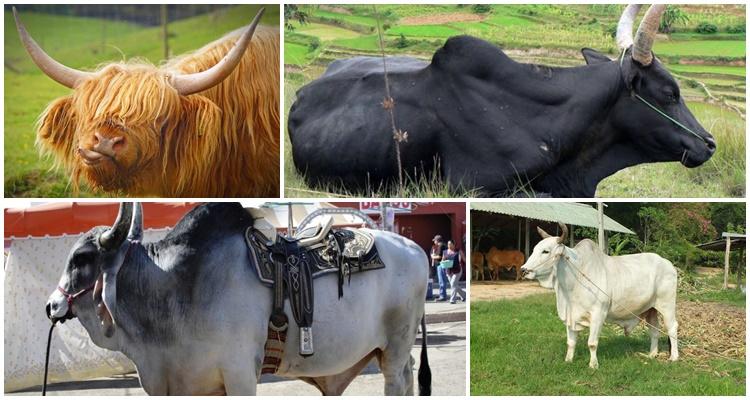
Zebu are rarely attacked by parasites, since their coat is sparse, and the skin glands actively secrete a protective grease. Zebu tolerate the heat without any problems; direct sunlight does not harm their health. Therefore, the herd can be kept outdoors all day long. Immunity to heat is due to profuse salivation, large drooping ears, an abundance of sweat glands on the skin, which provide excellent thermoregulation.
Nutrition
Zebu eats what an ordinary cow will not eat, finds food where another animal will not even graze. The main food is grass in the pasture. Also, the Indian cow willingly eats thin twigs, tree and shrub foliage, dried shoots, forest litter, reeds and other coastal vegetation - and all this easily digests the strong digestive tract of the animal.
When keeping stalls, the cow consumes hay, straw, bran, cake, root crops, and grain.Vitamin and mineral supplements should only be included in the diet after consulting a veterinarian. The specificity of the diet affects the quality of the meat, it is harsh in the zebu, with increased fiber, but juicy and sweet.
When zebu cows graze near natural reservoirs, they can snatch small crustaceans from the water. This is their favorite treat. Cows adapted to arid climate can be without water for a long time. Their stomachs easily digest dry food, while the animal does not suffer from thirst. But with prolonged exposure to direct sunlight, the cow needs to drink.
Reproduction
Pregnancy in a zebu cow lasts 280-285 days, but the duration of gestation depends on the breed, housing conditions, quality of feeding, and the sex of the fetus. The onset of puberty is also breed specific. Indian cows mature at 45 months, African cows at 40 months, and Indonesian cows at 37 months. Females are exploited up to 12 years of age, bulls - up to 10 years. For mating, choose male producers who have reached 2.5 years of age. And non-producing males are castrated at 3-4 years of age.
The ability to reproduce depends on the habitat and care conditions. The appearance of offspring is not always annual. Asian cows give birth every 1.5 years, African cows - every 2 years.
In a lifetime, a cow gives birth to 8-10 calves. There is always one cub in a litter. A newborn animal weighs about 35 kg, by the age of six months, the weight increases to 150 kg. From the first minutes of life, the cub is independent, gets to its feet, follows its mother. By 6 months of age, the calf has a scar overgrown, which means that the diet changes from a child to an adult.
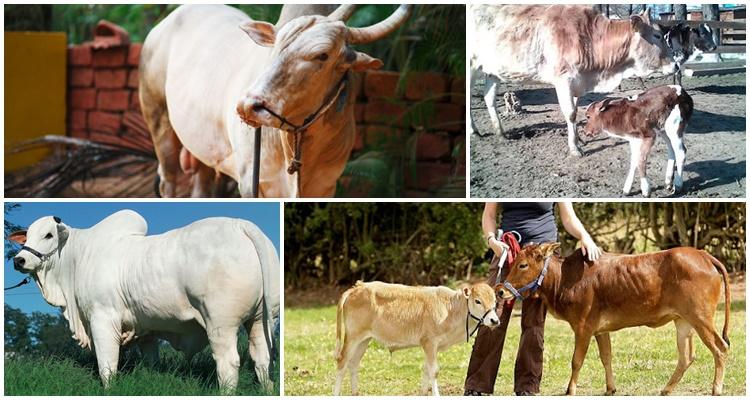
Frequent illnesses
Zebu has excellent immunity, the organism is hardy. Indian cows, unlike their European relatives, do not become infected with foot and mouth disease, brucellosis, and tuberculosis. The digestive tract is also strong, its work is disrupted only when feeding poor-quality, spoiled food.
In rare cases, animals get sick:
- leptospirosis - a hereditary bacterial disease, accompanied by fever and capillary damage;
- eimeriosis - an infectious pathology that causes anemia;
- malignant catarrhal fever - acute inflammation of the mucous membranes of the oral cavity, respiratory tract, digestive organs;
- necrobacteriosis - purulent-necrotic lesions of the skin and depressions of the hooves;
- demodicosis - a parasitic disease caused by ticks;
- scabies.
Zebu live up to 20 years. Some individuals become centenarians, live up to 35 years.
Meaning for a person
In India, zebu are dairy cattle. The cow gives relatively little milk, the average annual milk yield is 800-1000 liters. But the quality of milk is high, the product contains 8% milk fat. No other type of milk has such a high concentration of phosphoric acid. In most countries, zebu is bred for its meat. The color of the meat is dark red, the structure is tough, the fat content is low, after heat treatment the palatability becomes high.
In Africa and Asia, the zebu is used as a draft animal. The bull is trained to carry loads from the age of 2, and the animal is loaded as much as possible from the age of 5. The peasants try to spare the cattle, use them for work in the morning and evening hours, when the sun is not beating down, and do not force the bulls to work longer than 6 hours.
In India and Madagascar, zebu is a sacred animal. Only in India is the cow, symbolizing fertility and abundance, respected and revered, killing her is considered a terrible sin. Hindus do not even allow themselves to shout and swear at the sacred animal. But the inhabitants of Madagascar eat zebu meat, and the cow itself is slaughtered as a sacrificial animal at a funeral.
